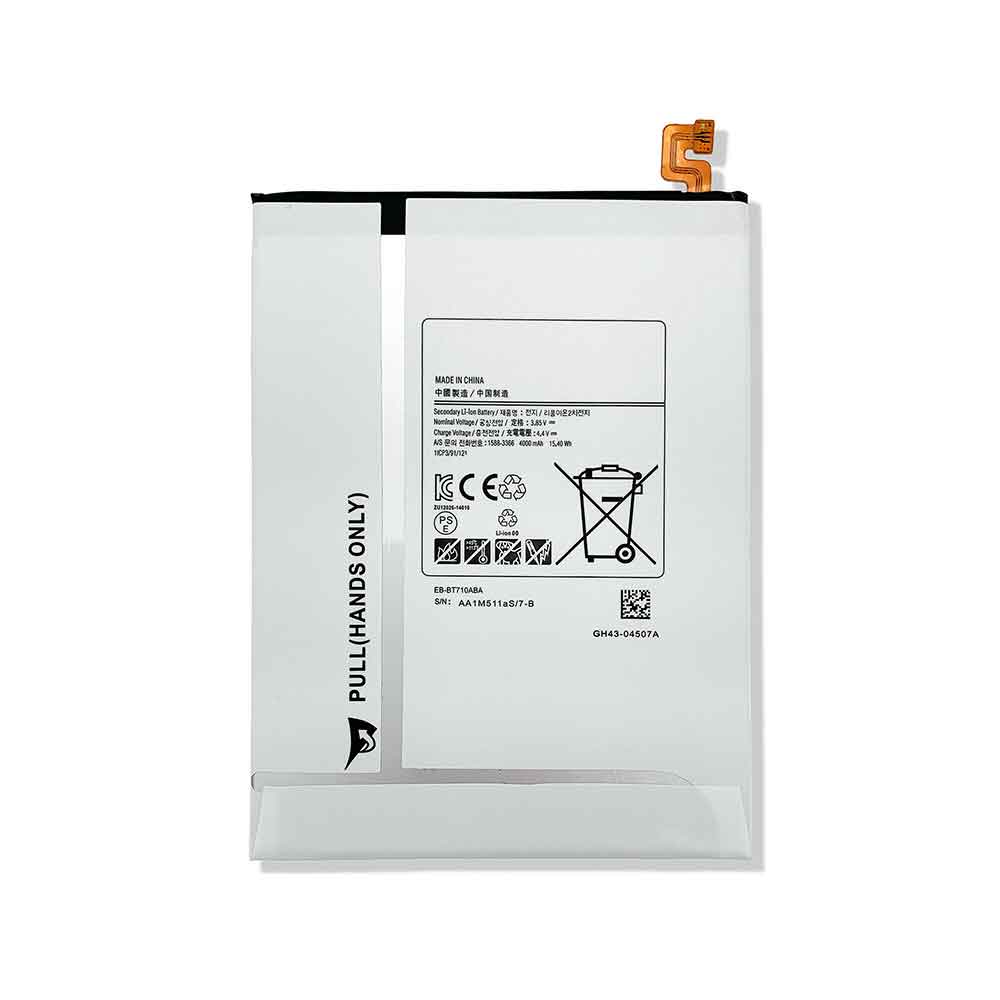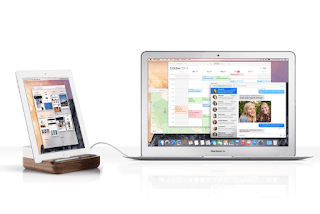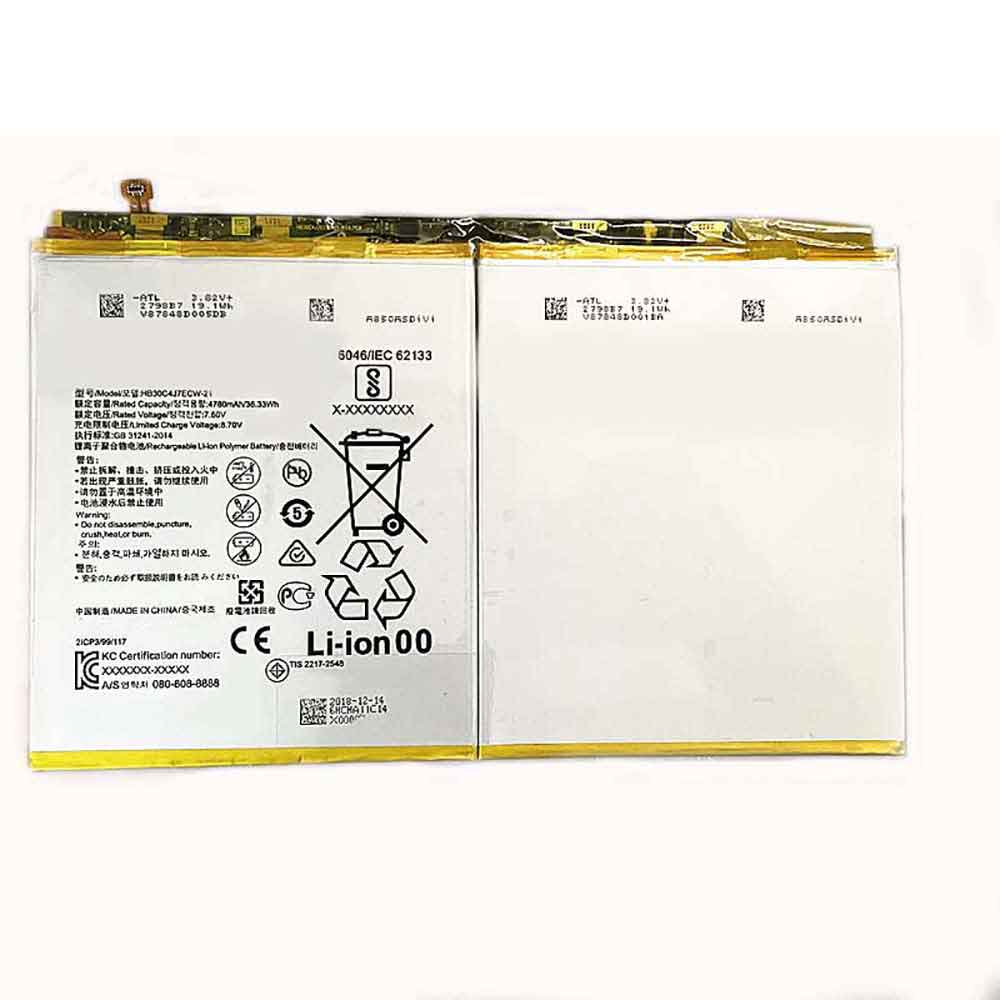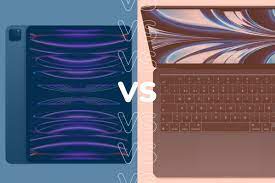4000mAh 3.85V Samsung EB-BT710ABA Batteries for Samsung Galaxy Tab S2 8.0 SM-T710 SM-T713 SM-T715 SM-T719, Samsung EB-BT710ABA Tablets battery is a brand new,100% Compatible original and replacement Tablets battery,Purchase wholesale and retail EB-BT710ABA with high quality and low price!
Find ou your original model number or part number(P/N), and move your eyes on the tag of battery

Specifications
- Brand:Samsung
- Capacity :4000mAh
- Voltage :3.85V
- Type :Li-ion
- Battery Cell Quality: Grade A
- Descriptive: Replacement Battery – 1 Year Warranty
- Description: Brand New, 1 Year Warranty! 30-Days Money Back! Fast Shipping!
How we test this Samsung EB-BT710ABA Battery
Step 1: Make sure customer bought the correct battery.
Step 2: Check battery’s appearance and interface.
Step 3: Test battery charger and recharger function.
Step 4: Charger the battery to 100% and recharger to 0% to get real battery capacity
Step 5: Use Ev2300 to check the voltage difference of each goroup cells.
Step 6: Charger battery power more than 30%.
Step 7: Package battery carefully and send out
Compatible Part Numbers:
EB-BT710ABA
Compatible Model Numbers:
Samsung Galaxy Tab S2 8.0 SM-T710 SM-T713 SM-T715 SM-T719
How much do you know about how to run laptop well as any place? The follow Tips cut way back on protecting battery life.
1). Please recharge or change your Tablets battery when battery power low.
2). Using Li-Ion Replacement Samsung EB-BT710ABA Tablets Battery for your notebook which can work longer time than Non Li-ion one.
3). It is better to defragmentation regularly for your Tablets battery life.
4). In order to reduce the laptop power consumpition, you can use some optical drive spin-down and hard drive in your Tablets .
5). Please keep your laptop in sleep or standby model without long time using, which both save the Replacement Samsung EB-BT710ABA Tablets Battery power and extend battery using life.
6). Leave your battery in a dry and cool condition when without using.
7). When you rarely or generally plugged in fixed power using, Please take down your battery to avoid hurting battery life.
Hot Products
6100mAh ACER HPP279594AB for Acer Iconia One B3-A40 A700236Wh CLEVO N130BAT-3 for Clevo N130BU Sager NP3130 36Wh890 mAh AMAZON 58-000151 for Amazon Kindle 7 7th Gen 6″ Mod5000mAh/19.3WH MOTOROLA MS50 for Motorola G50 5G XT2149-13430MAH ULEFONE S11 for Ulefone S11 Note 73920mAh/15.09WH NOKIA WT240 for Nokia 5.3 WT2406578mAh MSI BTY-M6M for MSI Creator 15 A10SFS A10SE St2000mAh/7.6WH MOTOROLA JE30 for Motorola E5 play go4000mAh TOSHIBA PA3191U-2BRS for Toshiba Portege M100 M200 M2056.6AH;400ma;24.4wh IBM 39R6519 for IBM DS3200 DS3300 DS3400 Serie









